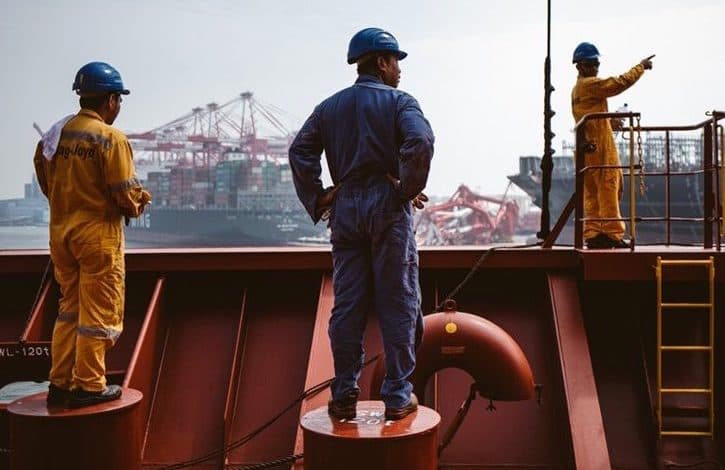There are no comments on this post yet
The Hidden Crisis: Why Bullying and Harassment Are Driving Seafarers Ashore

For many seafarers, the ship is more than just a workplace – it's home. But recent studies paint a troubling picture of life at sea, where intimidation and harassment have become disturbingly common.
The Numbers Don't Lie
Research shows that nearly 1 in 4 seafarers faced verbal abuse in the past year, with women experiencing it twice as often. Even more alarming: 1 in 5 seafarers reported sexual harassment, with over two-thirds of female crew members encountering it during their careers. Active seafarers are up to ten times more likely to experience bullying compared to shore-based workers, and LGBTQ+ seafarers face harassment at rates approaching 67%.
Who's Most Vulnerable?
Younger crew members, junior officers, women, and minority groups bear the brunt of harassment. The problem often stems from hierarchical power structures that make it difficult for junior seafarers to speak up when senior officers cross the line. Race remains the single largest factor in bullying incidents, followed by cultural background and religious beliefs.
Why This Matters
Seafarers already deal with grueling hours, family separation, and isolation. Add harassment to the mix, and the psychological toll becomes unbearable. Studies confirm that many qualified professionals abandon maritime careers – not because of pay, but due to harassment, lack of rest, and toxic work environments. With the industry already facing a critical officer shortage, this exodus threatens the sector's sustainability.
The consequences extend beyond mental health. Harassment directly impacts safety, productivity, and crew retention. In extreme cases, it leads to self-harm or suicide.
A Turning Point: STCW 2026
Starting January 1, 2026, new STCW amendments will mandate training on violence and harassment for all seafarers. For the first time, the convention explicitly recognizes that psychosocial risks are safety risks. Seafarers will need to understand how to identify, prevent, and respond to misconduct. Companies must update their Safety Management Systems to include anti-harassment policies and confidential reporting mechanisms.
What Needs to Change Now
Waiting until 2026 isn't enough. The industry needs immediate action:
🔸 Zero-tolerance policies backed by senior leadership
🔸Confidential reporting systems that protect seafarers from retaliation – anonymous hotlines and third-party reporting options
🔸Regular wellbeing surveys to catch problems early
🔸Better onboard conditions – reliable internet, recreational spaces, and social activities to combat isolation
🔸Inclusive leadership training for officers on trauma-informed management and cultural competence
🔸Diverse representation in leadership roles to create a culture of respect
The Bottom Line
Many seafarers leave the profession not because they stopped loving the sea, but because they couldn't tolerate the abuse. Feeling respected and valued often determines whether someone stays or quits. For the industry, addressing harassment isn't just about compliance – it's about survival. Companies that create safe, supportive environments will retain skilled crews, strengthen safety records, and build resilience for the future.
Ships must be more than operationally sound – they need to be humane workplaces where seafarers can thrive.
Picture: Hapag-Lloyd